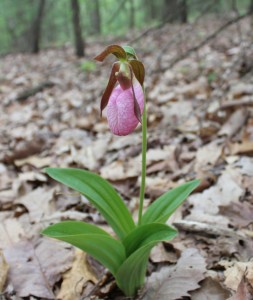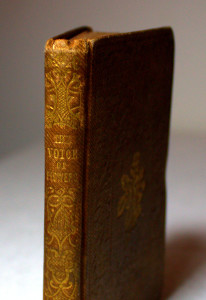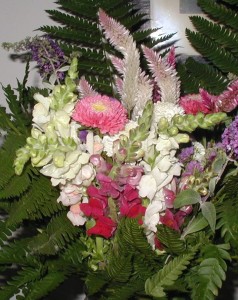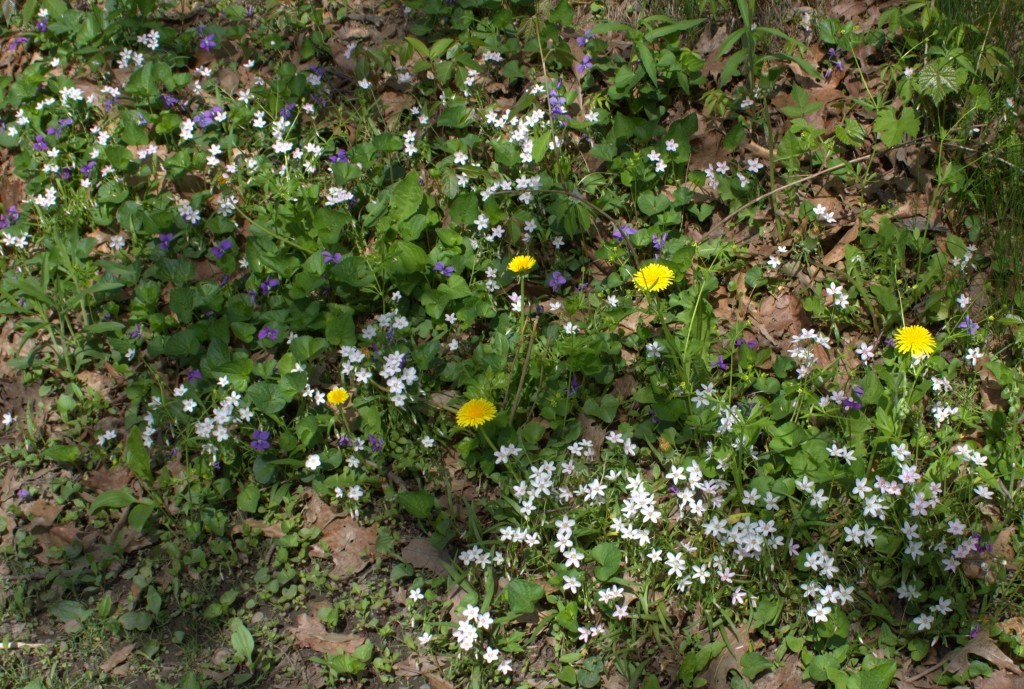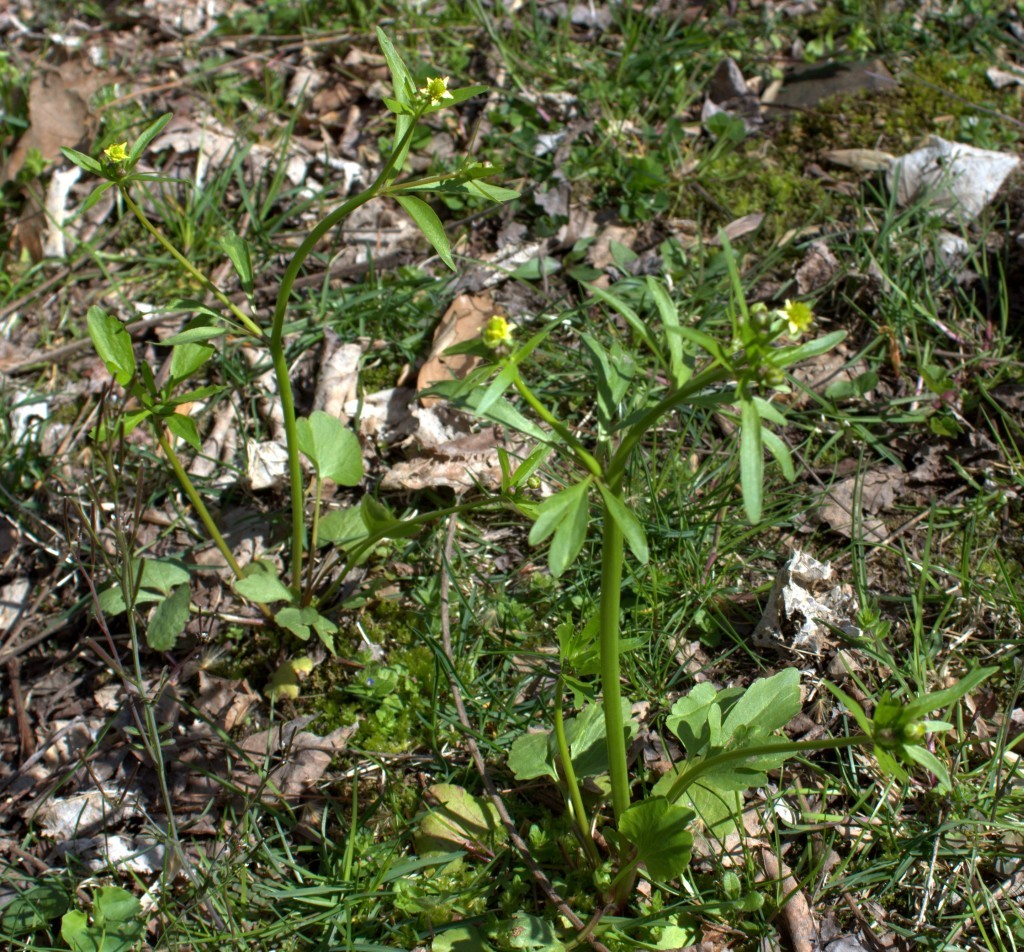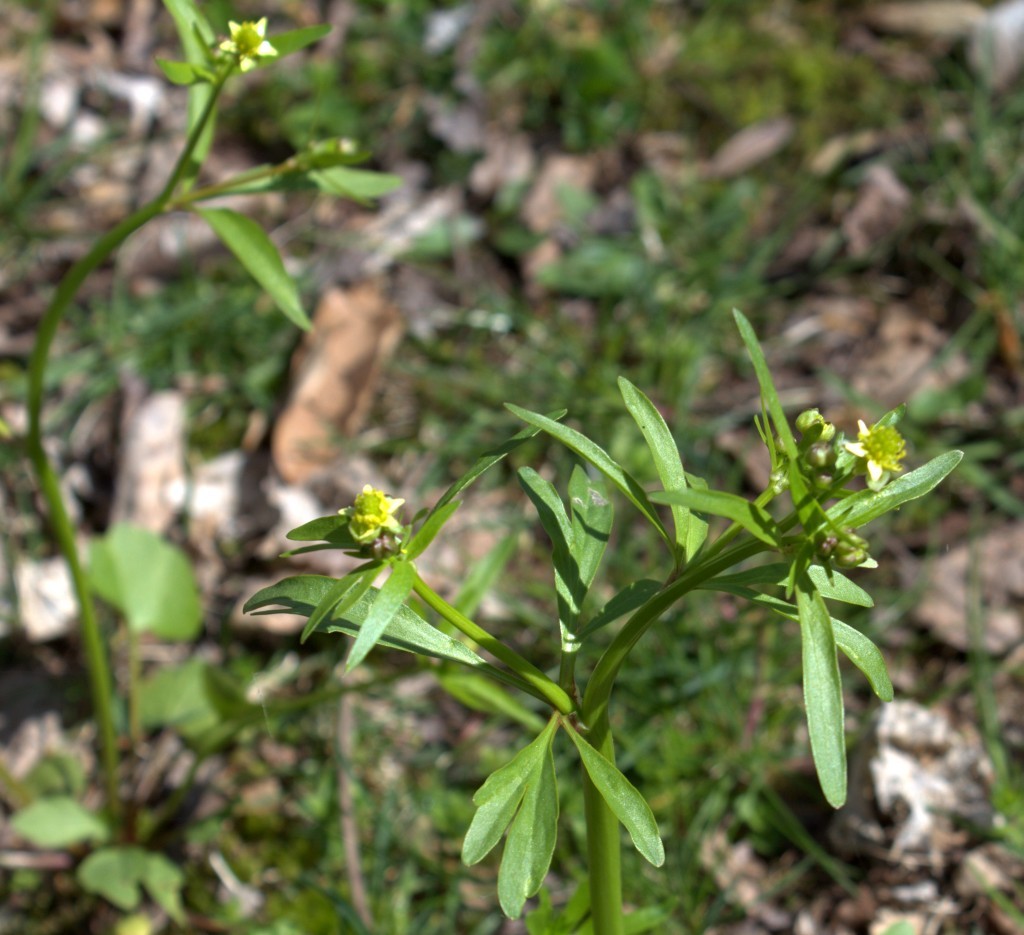Welcome back to Flower Poetry Fridays with Mrs. Sigourney. Each Friday a new poem will be posted from her The Voice Of Flowers.
THE HOLLYHOCK AND HER
VISITOR.A LARGE bumble-bee often visited a stately
hollyhock. He lingered in the deep red cup
that she made for him, and talked busily with
her. The neighboring flowers heard the full
tones of his voice, but could not distinguish
his words.
At length, a tall larkspur bent her ear, and
listening closely, understood him to say, " I am
very rich. I have gathered much pollen. I
store it in a large wax palace, which I shall
fill with honey. None of the bumble-bees in
the village can compare with me."
" Oh, it must make you very happy," an-
swered the hollyhock, " that when any poor,
sick bees come and ask relief, you will have
plenty for them, as well as yourself."
" I cannot undertake to feed them" he re-
plied.
" Every one must provide for himself.
I worked hard to get what is mine. Let others
go and do the same."
" But will you be able to use all that you
have laid up ? And, if not, what good will it
do you ?" asked the hollyhock, blushing more
brightly from the earnestness with which
she spoke.
" I never expect to use half of it, but I do
not choose to give it away. What good will it
do me to hoard it up, do you ask ? Why, don’t
I hear people say, there goes the rich bumble
bee ? That pleases me."
" I will tell you how to get rich, too. Open
your leaves wide when the sun shines, and
gather all the beams you can, and keep them
close in your secret chamber. Then, when
the dews fall, and you have drank as much as
possible, shut yourself up, and do not let a
single drop escape on the buds below ; so you
will be sure to grow larger than they."
But the hollyhock said, " There is no avarice
among flowers. We take what our Father
sends, and are glad. We do not wrinkle our
brows with care, or grow old before our time."
The bumble-bee drew nearer still, and said,
" You know nothing at all about the pleasures
that wealth can bring. Listen ! I think of
setting up an equipage. I shall have two glow
worms for postillions ; you know their lamps
will cost me nothing. But you must not breathe
this, for I have not yet mentioned it to my
wife."
The hollyhock replied with a clear voice,
" There is neither meum nor tuum among the
flower-people. We like to share with others
the good things that come to us from above.
It makes us happier than to sound a trumpet
before us, and boast of riches with which we
do no good."
Then the large bumble-bee seemed offended
at his friend the hollyhock, and, buzzing in an
angry tone, flew away.
I do like that Mrs. Sigourney lends such endearing qualities to our flowering friends. Here, her hollyhock has little patience for the greedy bumble-bee and his penchant for obtaining more, more, more. She also shows compassion for the less fortunate and needy.
The vision of two ‘glowworms as postillions‘ made me think of the animated Alice in Wonderland. Mrs. Sigourney has a knack for creating interesting and fitting characters for her flowery friends.
Have to admit I had to look up meum and tuum, which refer to mine and thine, respectively, meaning there is no mine and yours and no ownership among the flower-people.
If we can practice an attitude of gratitude and share the bounty of blessings we receive, the world will be a better place. Be like the Hollyhock:
We take what our Father sends, and are glad.
We do not wrinkle our brows with care,
or grow old before our time.
Que Sera, Sera!
Come back next Friday for the next installment in our series of flower poems from Mrs. Sigourney’s The Voice of Flowers, “The Evening Primrose”.
